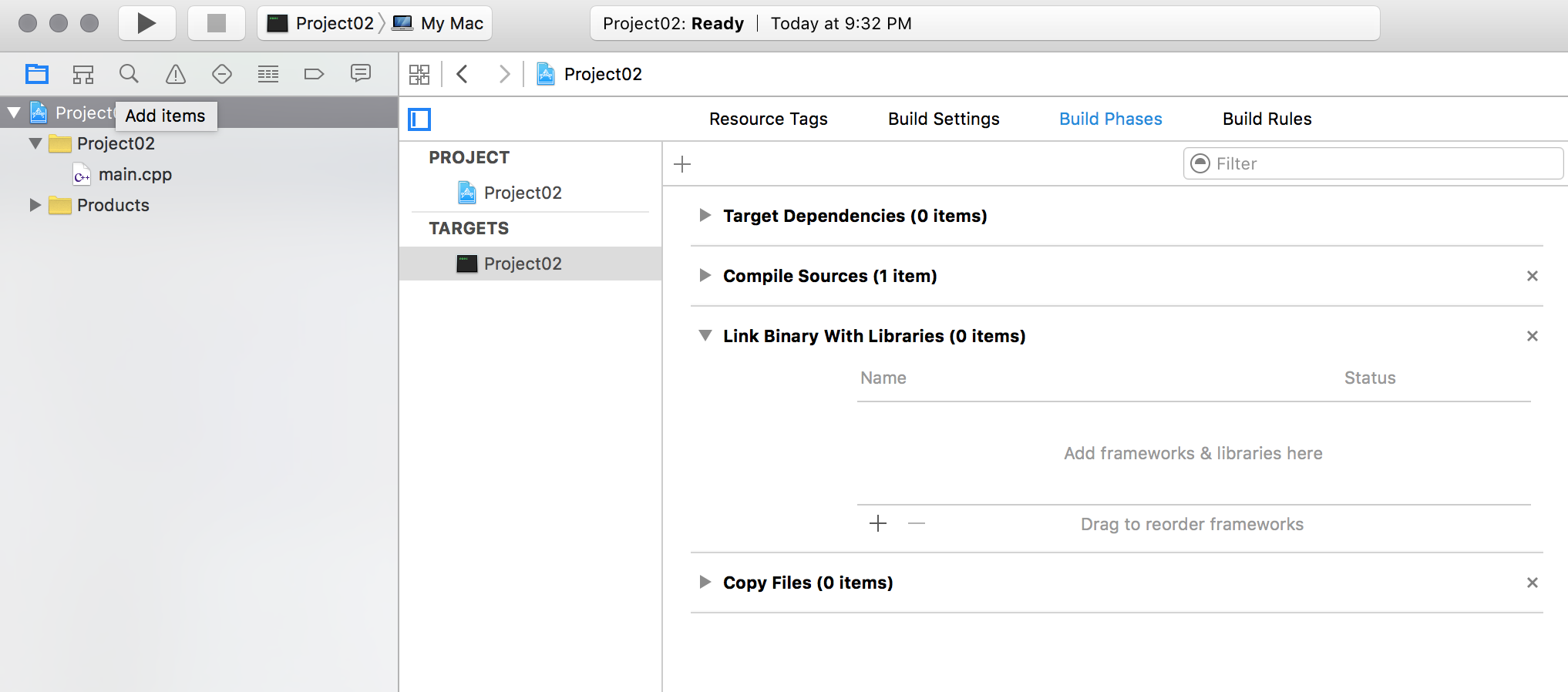
The GLSL types, variables and functions used here are the following: Depending on whether we are using OpenGL or the subset library OpenGL ES designed specifically for embedded systems like smartphones and tablets, the language syntax remains the same but performance considerations need to be taken into account.Īs an example, the vertex shader used in this tutorial looks like this:Īs you can see the shaders are quite trivial and the differences between the OpenGL and OpenGL ES shaders are minimal. Using GLSL, we can write small programs called shaders that describe appearances of objects. The OpenGL shading language or GLSL is a C-type language that gives direct control over graphics rendering pipelines on multiple operating systems and hardware graphics cards. Shapes: They encapsulate the polygons we ultimately want to render in our application.Varyings: They describe parameters that are shared between the vertex and fragment shader programs.Uniforms: They describe global parameters that are used in the shader language but remain constant between shader programs.Attributes: They describe vertex parameters such as colour and texture coordinates used in the shader language.These are used within fragment or pixel shaders. Fragments: They represent pixels that are present between vertices by interpolation.Vertices: They represent the 3D points that define the 3D objects we are trying to render within the scene.Shaders: In order to customise the appearance of objects, shaders are used to describe the properties of the materials such as how shiny or reflective our surfaces are and how lights and shadows appear on our 3D objects.View Matrix: The view matrix allows us to perform geometric transformations in the 3D environment to place our objects within the scene.Projection Matrix: The projection matrix allows us to convert the 3D objects into a 2D plane for the scene to be rendered on the screen.

GL Context: The context is set once at the initialisation stage to describe GL settings for the graphics renderer in a platform-specific manner and necessary OpenGL functions are loaded to be used within the application.Some of the terms we are exploring here are fundamental to understanding how OpenGL performs its rendering routines:
OPENGL TUTORIAL FOR XCODE CODE
The demo project app window Note The code presented here is broadly similar to the OpenGLAppExample from the JUCE Examples.Īlthough the OpenGL API is a powerful and versatile library that works within many different platforms and build environments, the principles around 3D rendering remain similar across all applications. The demo project displays the standard OpenGL teapot object in 3D graphics by parsing a Wavefront ".obj" file as shown in the screenshot below:

If you need help with this step, see Tutorial: Projucer Part 1: Getting started with the Projucer. Warning If using the PIP version of this project, please make sure to copy the Resources folder into the generated Projucer project. Unzip the project and open the first header file in the Projucer. If you are not familiar with OpenGL, you should read about it first here.ĭownload the demo project for this tutorial here: PIP | ZIP. This tutorial assumes basic understanding of the OpenGL graphics library. Platforms: Windows, macOS, Linux, iOS, AndroidĬlasses: OpenGLAppComponent, OpenGLContext, OpenGLShaderProgram, OpenGLHelpers, Matrix3D, Vector3D Render beautiful 2D and 3D graphics in your audio apps and plugins.
OPENGL TUTORIAL FOR XCODE HOW TO
Learn how to get started with OpenGL as a high performance rendering library within your JUCE applications.


 0 kommentar(er)
0 kommentar(er)
